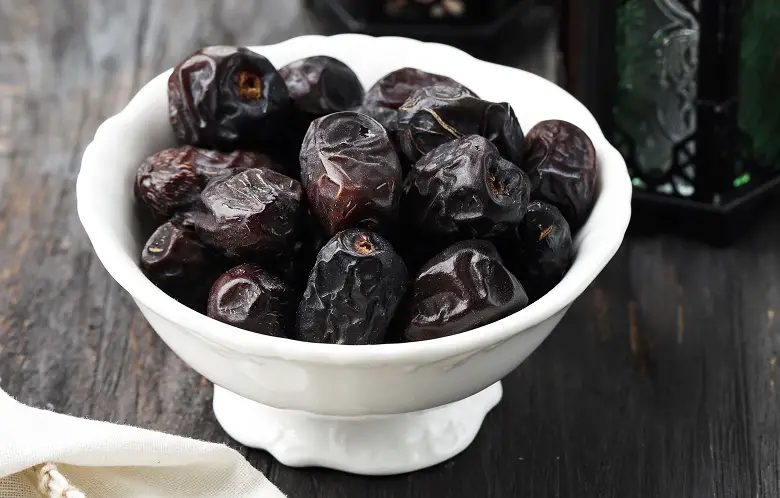
Kurma Nabi: Growth and Harvesting of Dates
Introduction
Dates, known as Kurma Nabi in certain regions, are delicious and nutritious fruits that have been cultivated for centuries. The growth and harvesting of dates involve a meticulous process that ensures the production of high-quality fruits. In this blog post, we will take a deep dive into the world of Kurma Nabi and explore the techniques used to grow date palm trees, the stages of date maturation, and the methods employed to harvest these delectable fruits. Join us on this journey to discover the fascinating process behind the growth and harvesting of dates.
The Key Highlights
The significance of Kurma Nabi in various cultures.
The cultivation process of date palm trees.
The stages of date maturation.
Harvesting methods for dates.
The Cultivation of Date Palm Trees
Selection of Seeds
The cultivation of date palm trees begins with the careful selection of high-quality seeds. Farmers choose seeds from mature and healthy date fruits to ensure the growth of robust and productive palm trees.
Germination and Seedling Development
The selected seeds are germinated in controlled conditions. Once the seeds sprout, they are transplanted into pots or nursery beds. The seedlings are nurtured with proper irrigation and protection from extreme weather conditions until they develop strong root systems.
Transplanting to Orchards
After the seedlings reach a certain height and strength, they are transplanted to date orchards. These orchards are carefully designed to provide optimal growing conditions, including adequate sunlight, proper irrigation systems, and suitable soil composition.
The Stages of Date Maturation
Flowering Stage
Date palm trees produce flowers, known as inflorescences, which contain both male and female components. The male flowers release pollen, which is carried by the wind or manually transferred to the female flowers. This process is crucial for successful pollination and the development of date fruits.
Fruit Formation
After successful pollination, the female flowers transform into small, green fruits. These fruits gradually grow in size, and their color changes as they mature. The fruits start as green and then transition to yellow, amber, or brown, depending on the date variety.
Ripening Stage
The final stage of date maturation is the ripening stage. As the dates ripen, their sugar content increases, resulting in a sweet and flavorful taste. The dates are carefully monitored during this stage to ensure optimal ripeness before harvesting.
Harvesting Methods for Dates
Handpicking
Handpicking is the most common method used for harvesting dates. Skilled workers climb the date palm trees and carefully select the ripe fruits. This method allows for careful inspection and ensures that only fully matured dates are harvested, maintaining the quality of the yield.
Shaking
In some cases, mechanical shaking is employed to harvest dates. Specialized equipment is used to gently shake the date palm trees, causing the ripe fruits to fall onto nets or mats placed beneath the trees. This method is more efficient for large-scale harvesting.
Machine Harvesting
For commercial date production, machine harvesting techniques are sometimes employed. Harvesting machines equipped with gentle grippers or vibrating rods shake the date palm trees, allowing the ripe fruits to be collected in bins or containers.
Conclusion
Kurma Nabi, or dates, are not only delicious but also possess significant cultural and nutritional value. The growth and harvesting of dates involve a meticulous process that ensures the production of high-quality fruits. From the careful selection of seeds to the stages of date maturation and the various methods of harvesting, every step contributes to the final product. By understanding the intricacies of Kurma Nabi cultivation and harvesting, we can appreciate the effort and expertise required to bring these delightful fruits to our tables.